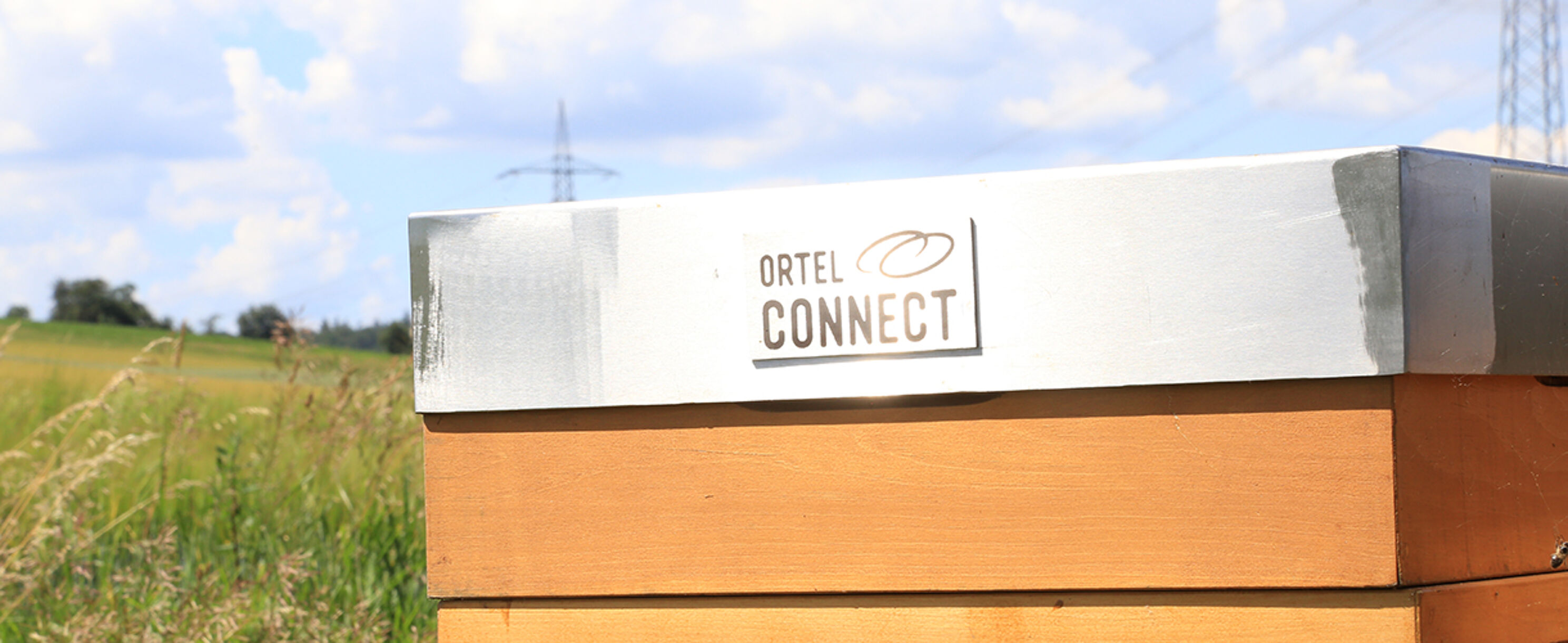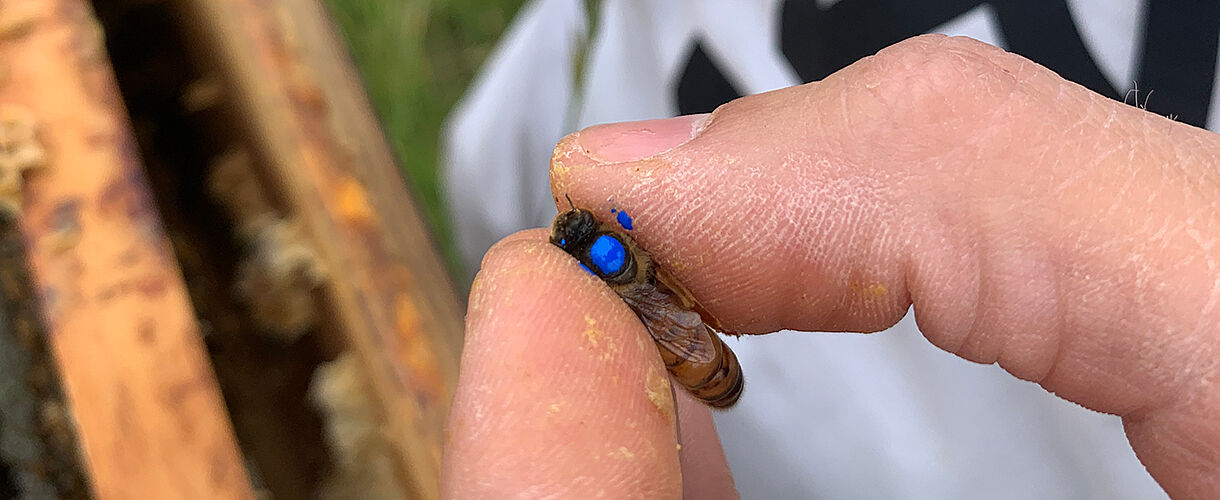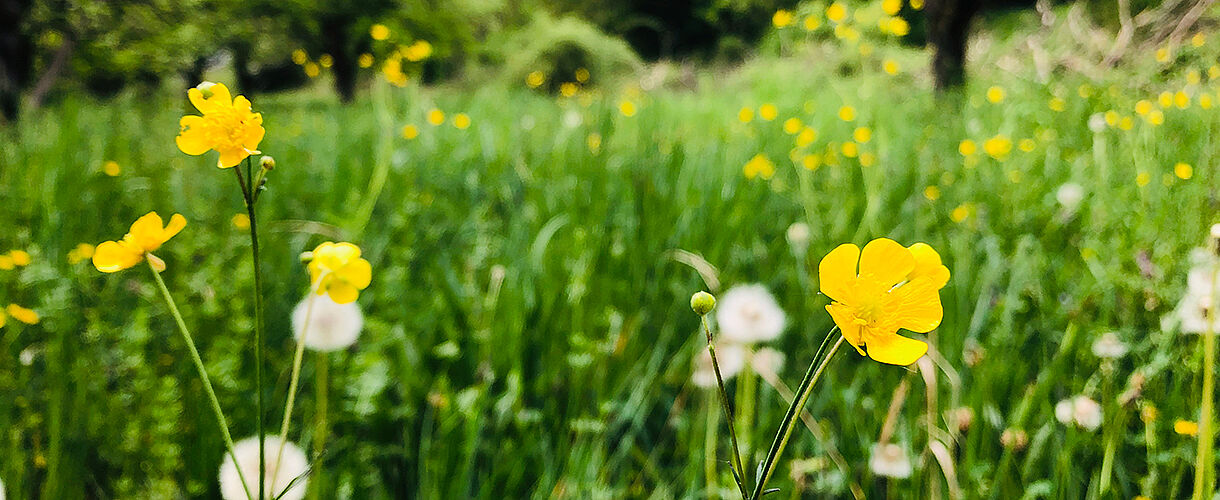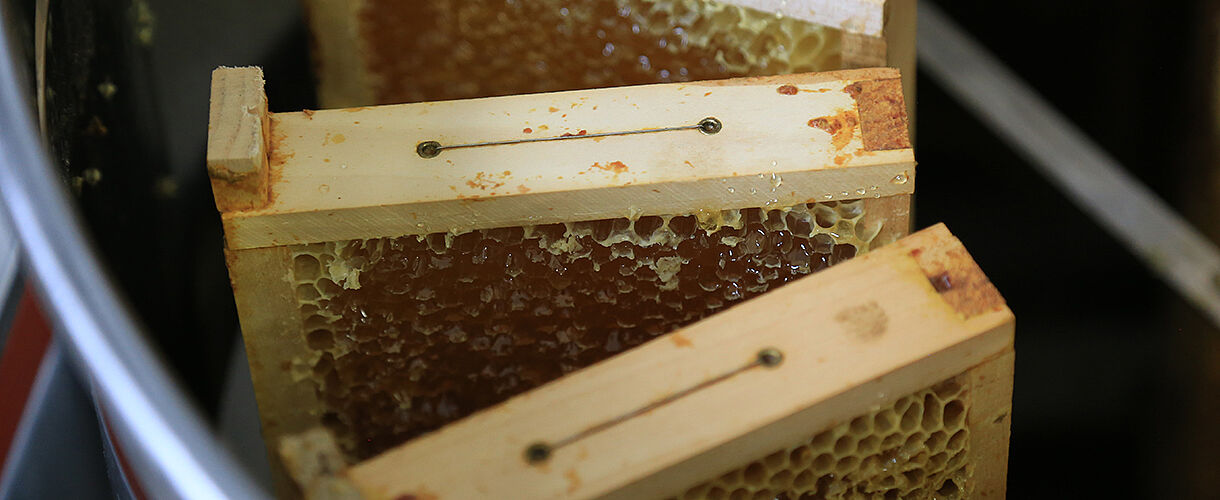
What bees need in summer
Summer is a critical time of year for beekeepers and their bees. Spring was exceptionally productive this year and the first batch of honey could already be harvested, but there is still plenty to do.
From the bees’ point of view, spring 2020 was perfect. Ample blooming plants and nectar allowed the bee colonies to develop splendidly and there has been a correspondingly large amount of honey. However, the work goes on for Ortel Mobile’s beeswe.love beekeeping team. Regularly checking on the bees' offspring and honeycombs is very important and it is essential that swarming is avoided.
Building a swarm is the natural way for wild bee colonies to grow. This is because young queens are also raised in every beehive alongside the industrious worker bees and the drones that are required for the mating of the queen. Of course, there can only be one “ruling” queen per colony. Therefore, if there's a rival queen in the hive, the old queen leaves her hive and takes up to half the colony with her. This is annoying for bee-keepers as the “old” queens are normally specially bred and have particularly useful characteristics. This is not to speak of the loss of many very hard-working bees.
Bee-keepers help to avoid swarming by cutting out honeycombs in which young queens are being raised. In this way, they prevent too many from growing. They build so-called “nucs” in order to breed bees in a targeted manner. To this end, suitable brood combs with bees inside of them are removed and placed in a separate box. Bees without queens feed especially good larvae with so-called royal jelly to create new queens. This method was used to create five new colonies at Beeswe.love this year. In order to make them more easily recognisable, the queens are marked. We have done so using royal blue this year!

In summer, bees fly to the so-called honey flow, which means blooming plants that offer them nourishment during the hotter months. Summer honey is usually a mixture of honeys made of, for example, clover, wild herbs and other plants flowering in the vicinity of the beehive. However, there are also single-origin honeys from, for example, linden, phacelia or even sunflowers. On average, a bee flies up to one kilometre to reach plants on which to feed, but can fly up to six kilometres. Areas which are farmed intensively can be problematic for bees. For this reason, strips of flowers are increasingly being made mandatory in order to compensate for gaps in the number of flowers bees have to feed from.

When the honey is ready to be extracted from the honeycombs, it's time to spin them. Honey is mechanically spun out of the honeycombs. This is known as “cold spinning”. You can see how it works and what is required for it here . The Beeswe.love bee-keepers really have their hands full caring for the bees, and they have to do so in all weather conditions. However, they love their work and clearly have a lot of fun doing it.
Learning about bees with Beeswe.love and Ortel Connect
Since 2019, Ortel Mobile has supported the "Beeswe.love" project and is doing its part to protect the natural world. Interested in doing your part to protect species? Bees, butterflies, bumblebees and others will thank you. Join us now! Share this article with your friends and find out more. With affordable Internet flats from Ortel Mobile you can watch bee videos, find an organic gardener in your area, regional bee-keepers, and much more.
